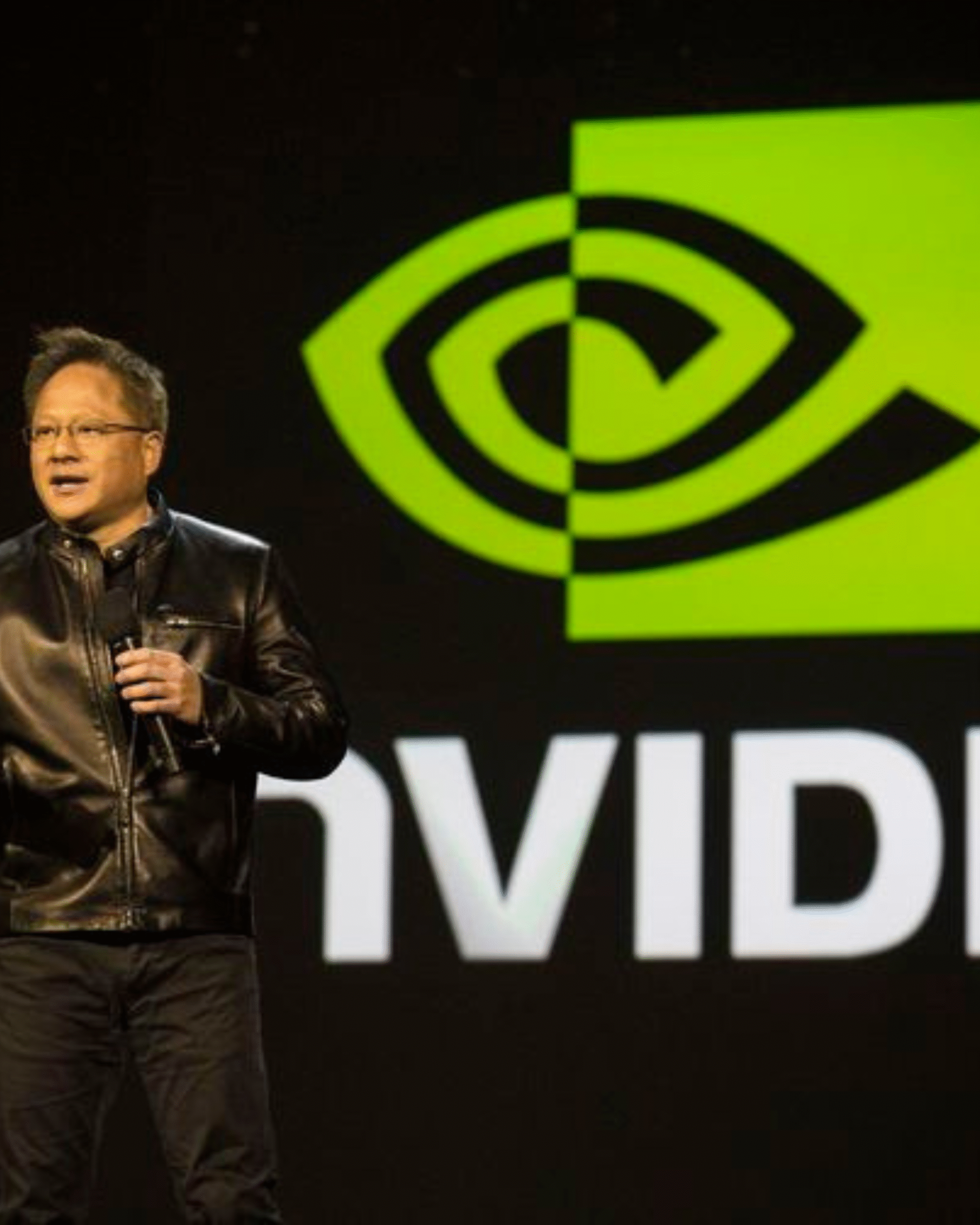NVIDIA’s GB200 NVL72—a rack-scale system that stitches 72 Blackwell GPUs to 36 Grace CPUs into one giant NVLink domain—is moving from keynote slide to real deployments. In plain English: it behaves like a single, massive GPU for trillion-parameter inference and large-scale training, with liquid cooling and ultra-fast interconnects to keep utilization high.
Why this matters now: shipments are underway. HPE announced it shipped its first GB200 NVL72 systems in February 2025; other vendors flagged March 2025 availability; and industry trackers reported a sharp ramp through April as ODMs pushed more racks out the door. This is the first broad wave of Blackwell capacity that buyers can actually plan around, rather than waitlist.
What you’re really getting: a 72-GPU, liquid-cooled rack with fifth-gen NVLink and switch fabric that lets models treat the whole cabinet like one memory-coherent pool—drastically reducing cross-node overhead that kills throughput on dense LLM jobs. Vendors list up to 13.5 TB HBM3E across the rack and headline “30× faster real-time trillion-parameter inference” versus prior generations (architecture-dependent, but directionally right when your graph fits the NVLink domain). In short: fewer chokepoints, higher effective tokens/sec, better price/performance at scale.
Reality check on performance: early benchmark notes show a steady cadence—NVIDIA’s own updates highlight Blackwell’s focus on extreme inference; newer GB300 NVL72 variants have already posted MLPerf gains over GB200 on reasoning tasks, which implies a rapid upgrade path inside the same rack-scale design. For buyers, that means the chassis you deploy now is likely to see drop-in uplift over the next cycles without re-architecting your data center networking.
Caveats and timing risk: supply has been lumpy. Through early 2025, several integrators flagged limited NVL72 availability and forecast adjustments tied to Blackwell volumes. The ramp looks healthier in mid-year, but you should still model conservative delivery windows and line up a fallback (time-share capacity or a second vendor) if your launch is date-driven.
What changes for your stack (and budget)
-
Training: If your run can fit within a 72-GPU NVLink domain, you’ll see higher scaling efficiency (fewer cross-rack hops) and simpler parallelism strategies. That lowers wasted tokens and shortens wall-clock time for post-training/finetunes. For extra-large runs, design the graph to keep the most chatty layers inside the rack and push only coarse-grain traffic across InfiniBand/Ethernet spines. (We help teams model this before they book time.)
-
Inference: The NVL72’s “single giant GPU” behavior is a big deal for real-time, long-context serving. Expect higher tokens/sec per dollar when you keep the whole KV budget in-rack. If you’re mostly serving smaller models, you won’t see the same multiplier—use MIG/partitioning and focus on batching + caching to win on cost.
-
Cooling & power: Direct liquid cooling is not optional at these densities. Plan for DLC loops, hot-swap service envelopes, and facility telemetry; treat power availability as the constraint that drives everything else (racks per row, row per pod). Vendors now ship “pod kits” to accelerate this—take them.
-
Procurement: Don’t just “buy GPUs.” Specify tokens/sec targets, p95 latency, and job-class SLAs (training vs inference) in contracts. Tie discounts to utilization and include credits for missed windows. Keep your model-calling layer portable so you can swing between on-prem racks and cloud endpoints without rewriting apps.
A 60-day plan you can execute
Week 1–2 — Sizing & site checks
Pick 2–3 target workloads (one training, one inference). Estimate memory and interconnect needs; decide if they fit a single NVL72 domain. Validate power/DLC readiness with facilities. (We’ll give you a worksheet.)
Week 3–4 — Architecture & portability
Abstract your tool use, retrieval, guardrails, and logging so models/endpoints are swappable. Co-locate vector/feature stores with the rack to avoid egress tax. Define p95/p99 and error budgets per workflow.
Week 5–6 — Procurement & timelines
Bid at least two integrators. Negotiate job-class SLAs and staged deliveries. Keep a small reserved block in cloud for spillover.
Week 7–8 — Dry runs & observability
Instrument tokens/sec, latency, cost per job, and GPU/SM occupancy. Run shadow traffic or synthetic loads; bake roll-forward/rollback for model versions.
When not to chase Blackwell
If your roadmap is light models (<7B) with modest context, you may get better ROI with smaller A100/L40S-class fleets or managed endpoints. And if your issue is data quality or workflow design, more FLOPs won’t fix it—tune retrieval, evals, and prompts first.


Hi, this is a comment.
To get started with moderating, editing, and deleting comments, please visit the Comments screen in the dashboard.
Commenter avatars come from Gravatar.